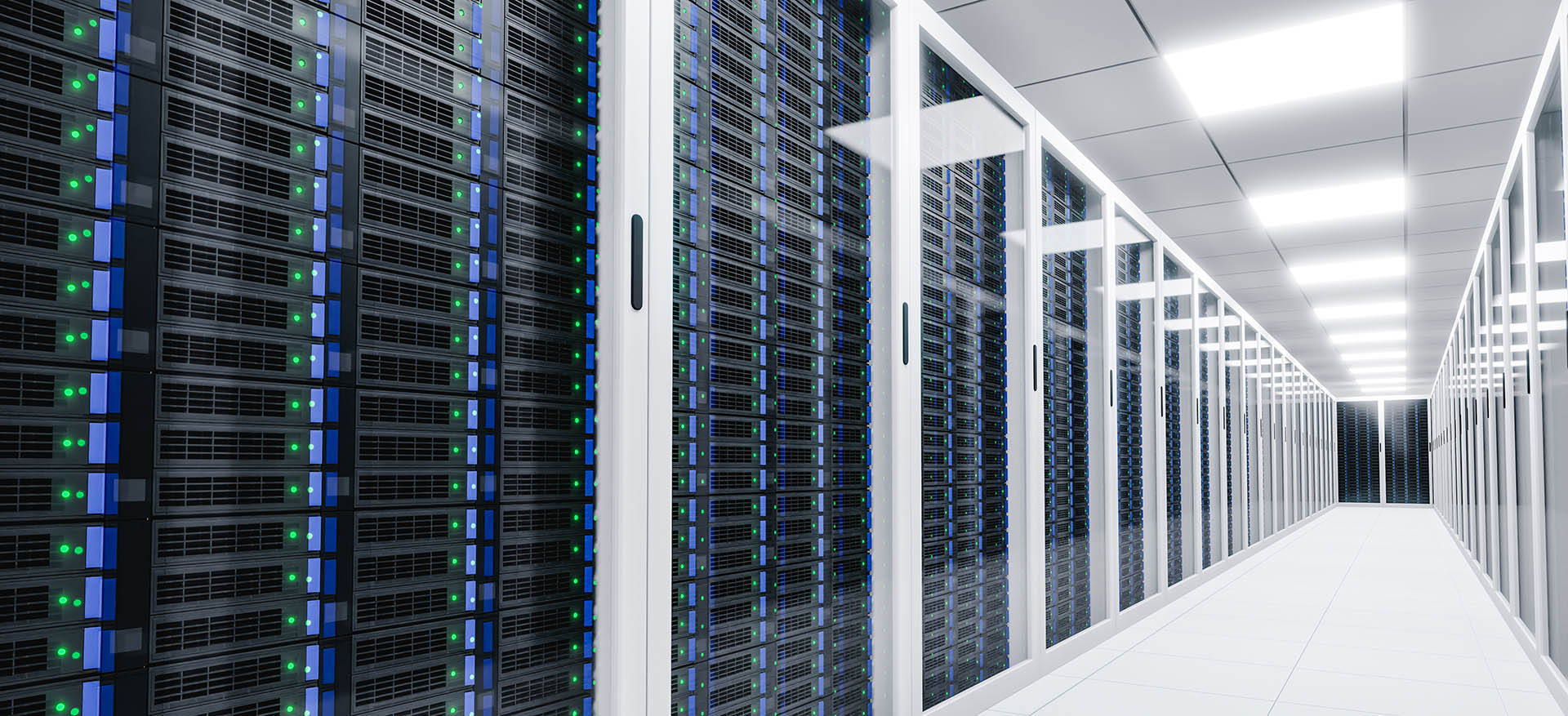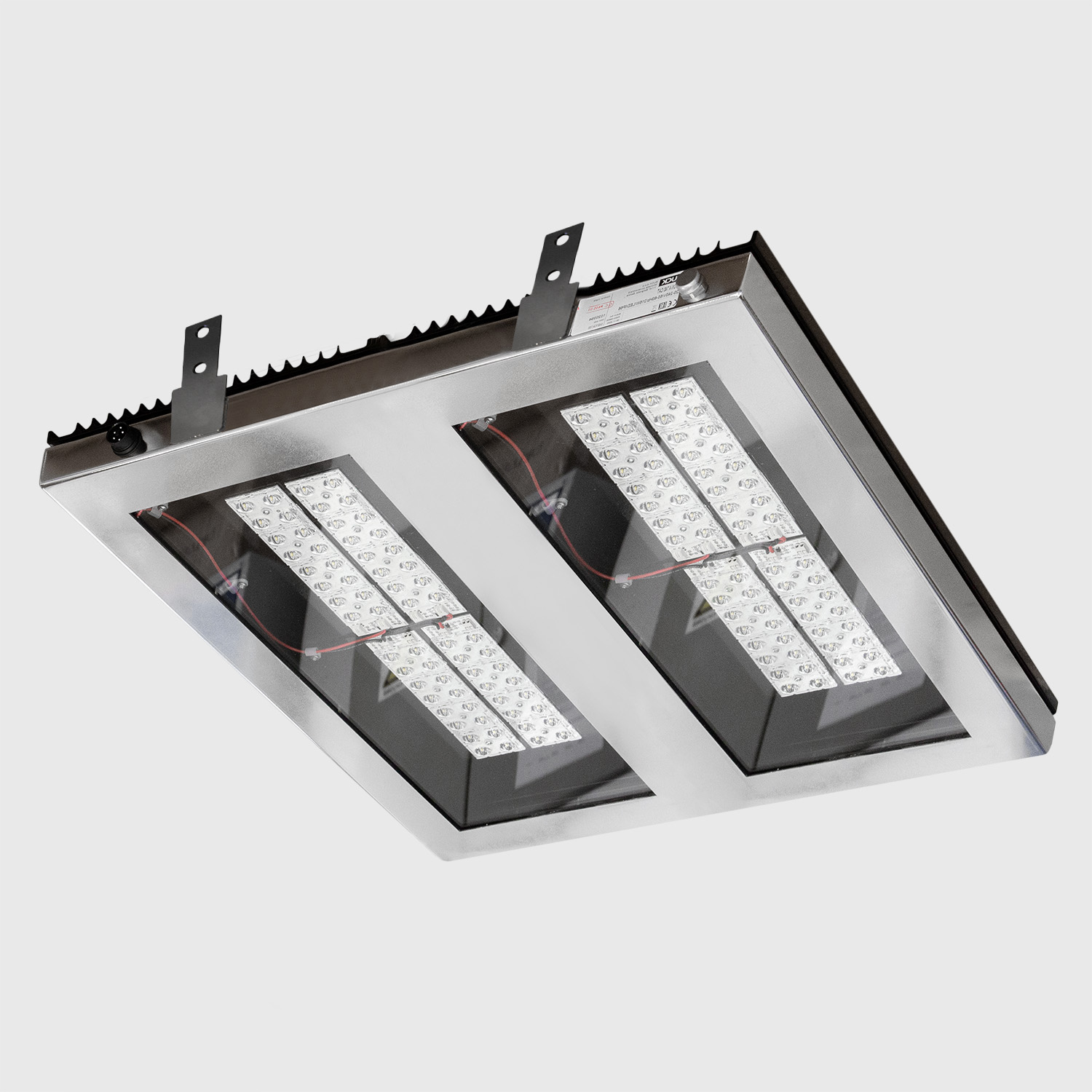Data centers are the heart of modern digital infrastructure, and maintaining the optimal environment is essential for both data center performance and energy efficiency. One important component of this environment is data center lighting. The right lighting system not only enhances visibility and safety but also boosts operational efficiency and energy savings. This article explores the best practices for lighting in data centers, with a focus on energy-efficient lighting solutions and the importance of meeting ISO 14644-1 Class 8 for air quality.
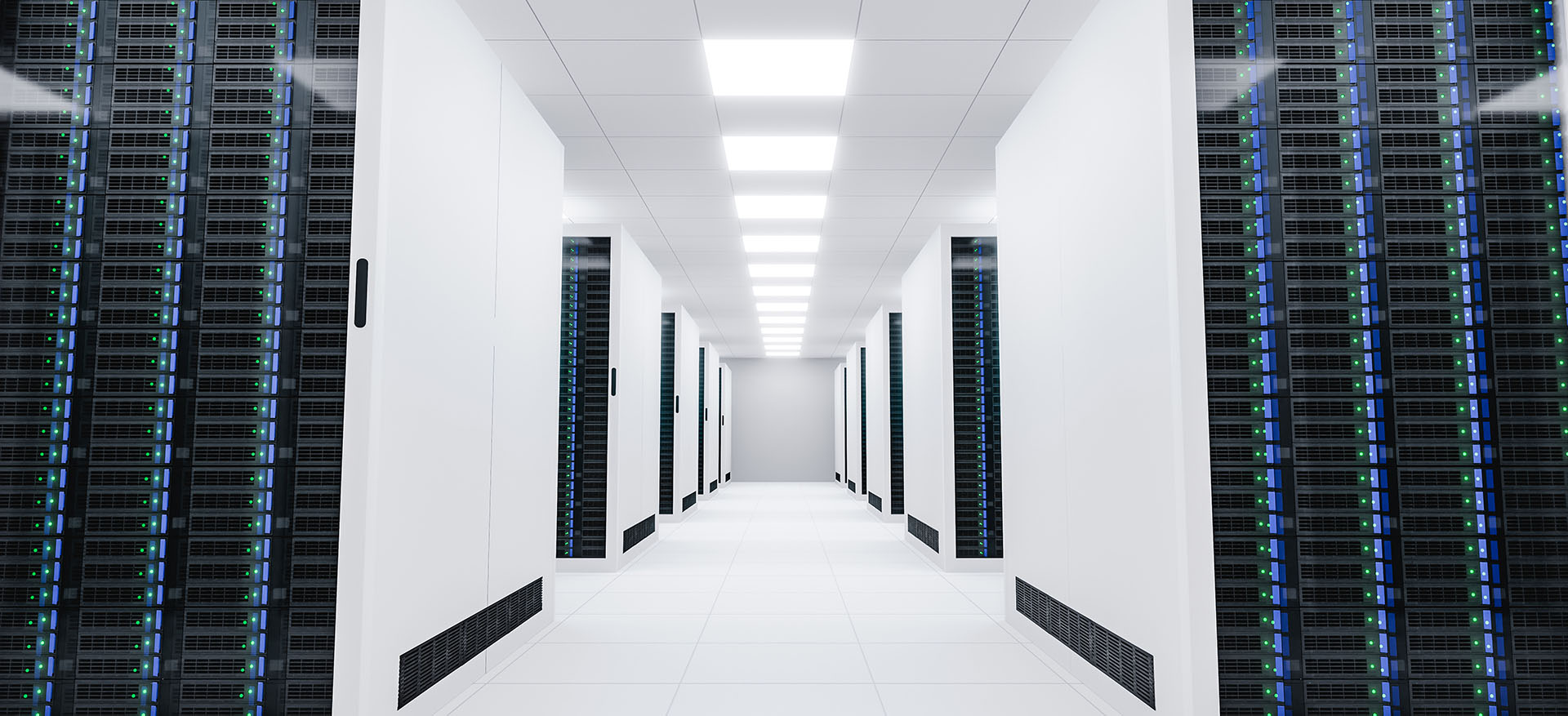
Best Practices for Data Center Lighting
Proper lighting is essential to ensure both safety and efficient performance in data centers. Well-designed systems improve visibility and contribute to the performance of IT infrastructure.
- Illuminance Levels: Proper lighting levels help technicians perform maintenance and manage equipment efficiently. Industry guidelines suggest maintaining 300–500 lux for general work areas and 500–750 lux for high-focus zones such as control rooms. For corridors, 100–200 lux is sufficient. Emergency egress lighting must be around 10–20 lux to ensure safe evacuation during power outages.
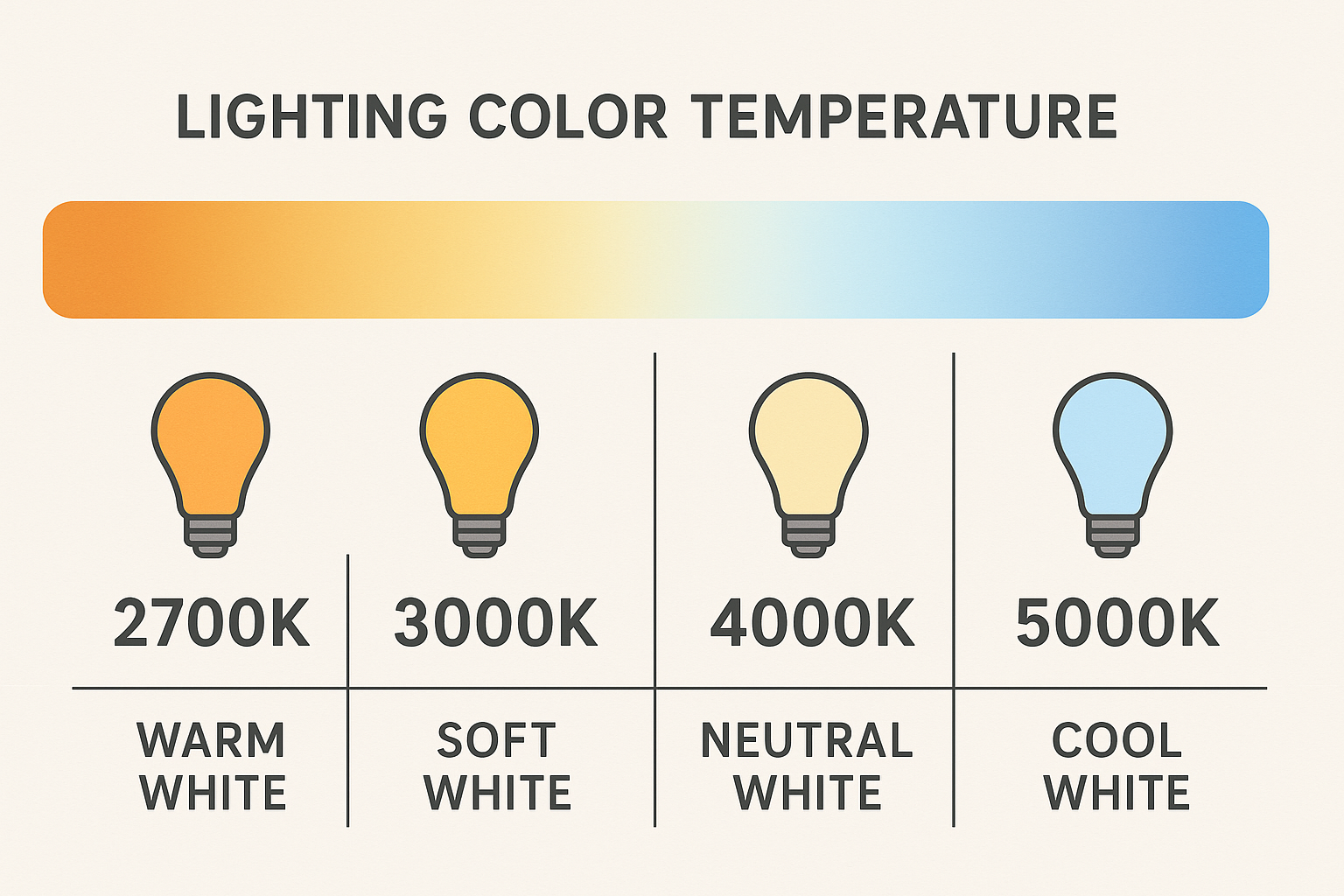
- Colour Temperature: Lighting colour temperature has an impact on maintaining visual comfort and improving worker alertness. A neutral to cool white light in the 4000–5000 K range is ideal for most data center areas. These lighting temperatures provide bright, clear light while reducing eye strain and improving visual clarity. Maintaining a high Colour Rendering Index (CRI 80+) ensures technicians can easily distinguish cables, labels, and LED indicators.
- Glare and Flicker-Free Design: To avoid visual discomfort and enhance security, it is essential to use lighting fixtures that reduce glare and prevent flickering. LED lighting fixtures with diffusers help eliminate glare, which can interfere with both technician work and surveillance systems. Flicker-free LED lighting eliminates stroboscopic effects, offering more consistent lighting and a comfortable working environment.
Multi-Level Lighting: Data centers should use a three-level lighting system to optimize energy consumption and support security. This includes a low-level “night mode” for unoccupied spaces, moderate lighting for active areas, and full brightness for maintenance work or emergencies. This strategy ensures energy efficiency while keeping the facility properly illuminated when necessary.
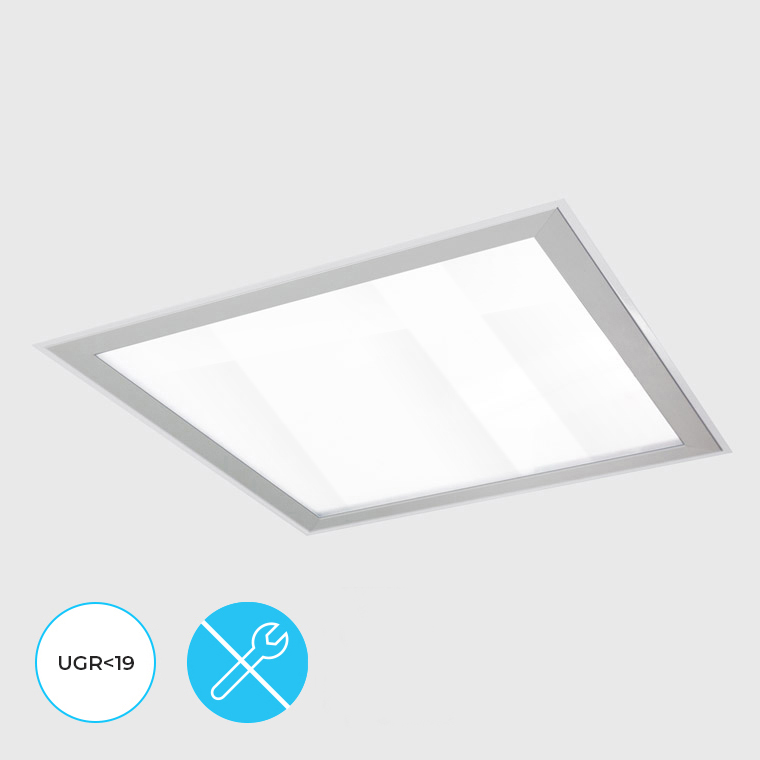
Clean Room Lighting and ISO 14644-1 Compliance
While not usually a regulatory requirement, complying with ISO 14644-1 Class 8 for air cleanliness is widely regarded as a best practice for data centers, especially those housing sensitive equipment. Organizations like ASHRAE and the Data Center Alliance treat ISO 14644-1 compliance as a de facto industry standard for controlled environments.
- ISO Class 8 Compliance: ISO 14644-1 Class 8 specifies the maximum concentration of airborne particles in a controlled environment. Data centers, particularly those housing high-performance servers and storage devices, are increasingly adopting ISO Class 8 as a benchmark for cleanliness. This ensures that contaminants such as dust and particles do not interfere with the operation of delicate IT systems.
- Cleanroom-rated lighting features sealed housings, smooth surfaces, and easy-to-clean designs, helping maintain air purity. To prevent contamination, data centers should use IP5x-rated or higher lighting fixtures, to meet ISO Class 8 standards.
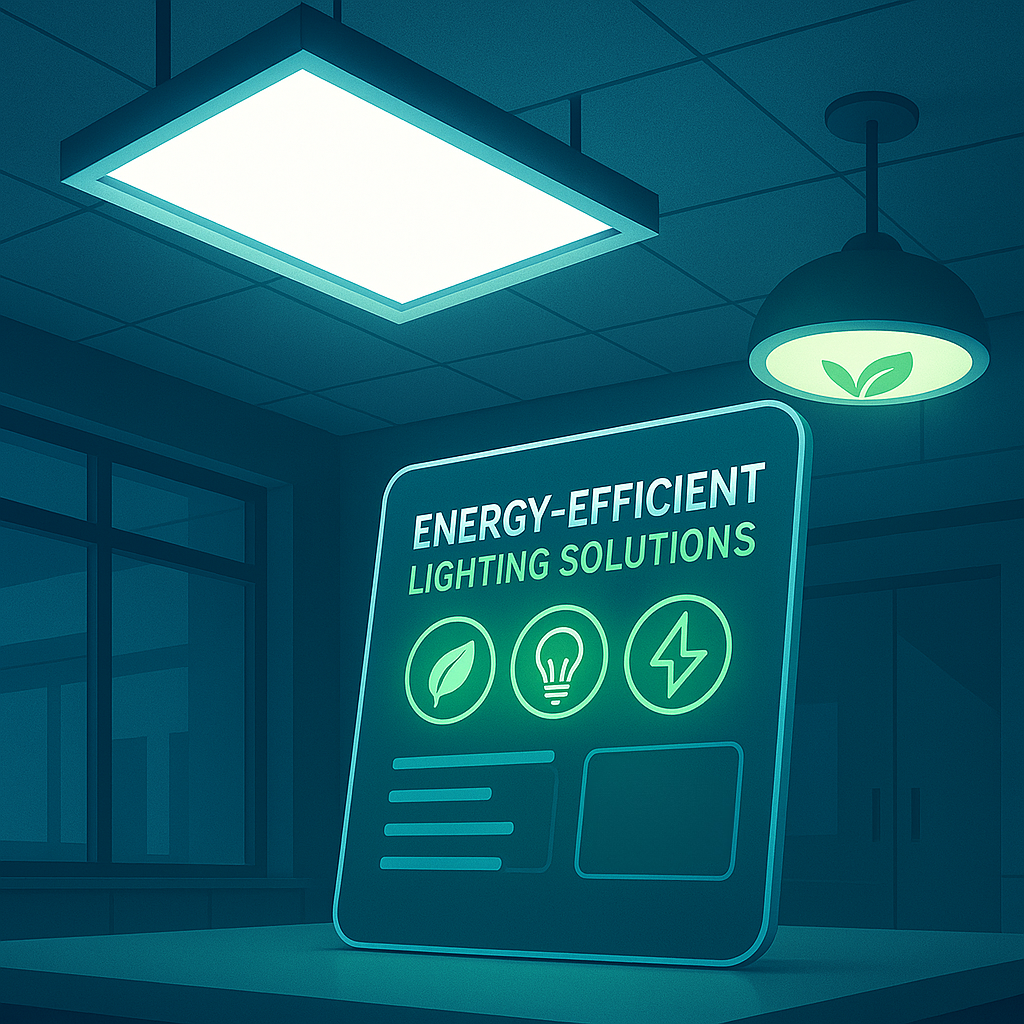
Energy-Efficient Lighting Solutions for Data Centers
Energy efficiency is vital in data centers. LED lighting solutions offer several benefits for both energy reduction and long-term sustainability.
- LED Adoption: LED lighting is the most energy-efficient lighting technology for data centers, providing up to 60% energy savings compared to traditional systems. LEDs also generate less heat, reducing the strain on cooling systems and further enhancing energy savings.
- Smart Controls: Smart lighting controls such as motion sensors and automated dimming systems optimize energy consumption by ensuring that lighting is only active when needed. Occupancy sensors automatically adjust lighting levels based on real-time occupancy, cutting energy waste in unoccupied areas. Integration with Building Management Systems (BMS) allows for continuous monitoring and optimization of lighting performance.
- Cost and ROI: Retrofitting older lighting with LEDs significantly reduces lighting energy costs, with typical payback periods of 3–5 years. In addition to lower operational costs, LED lighting offers the benefit of reduced maintenance, as these fixtures have lifespans of 50,000 hours or more, allowing operators to focus on core activities.
Impact of Lighting on Data Center Operations, Security, and Maintenance
Lighting plays a pivotal role in data center operations, security, and maintenance of the facility. Proper lighting ensures technicians can work effectively while minimizing the risk of errors.
- Operational Efficiency: Adequate and well-distributed lighting enables technicians to perform their work accurately, reading labels, checking cables, and diagnosing issues quickly. Uniform lighting helps avoid shadows and dark spots, ensuring that work can proceed smoothly. In addition, flicker-free LED lighting reduces eye strain and enables comfortable work over longer periods.
- Security and Surveillance: Proper lighting improves security by providing clear visibility for surveillance cameras and deterring unauthorized access. Security lighting ensures safe evacuation during emergencies and enhances visibility when alarms are triggered.
- Maintenance and Uptime: LED lighting is reliable and long-lasting, reducing the frequency of bulb replacements and minimizing disruptions to critical operations. In a data center, maintenance is not only about fixing issues but also about avoiding unnecessary downtime. With low-maintenance LEDs, lighting failures are less frequent, allowing operators to focus on more urgent tasks.
Key Takeaways
Lighting is an important element in data center design, influencing safety, efficiency, and reliability. By adopting LED lighting, implementing smart controls, and adhering to ISO 14644-1 Class 8 standards, data center operators can create a safe, high-performance environment. Energy-efficient lighting solutions are cost-effective, support sustainability goals, reduce operational costs, and improve ROI.
With the right lighting strategy, data centers can enhance both performance and energy efficiency, ensuring long-term success and reliability.
Ready to optimize your data center lighting for maximum performance and energy efficiency?
Contact us to learn more about our LED lighting solutions and how we can help your data center operate at peak efficiency. BUCK provides innovative lighting systems designed to meet the unique needs of data centers—ensuring optimal performance, reduced energy consumption, and enhanced equipment longevity. Get in touch to discuss your needs and see how our Clean Room Lighting solutions can transform your data center.
